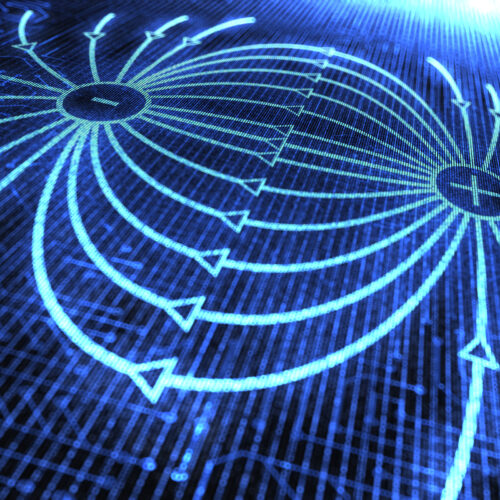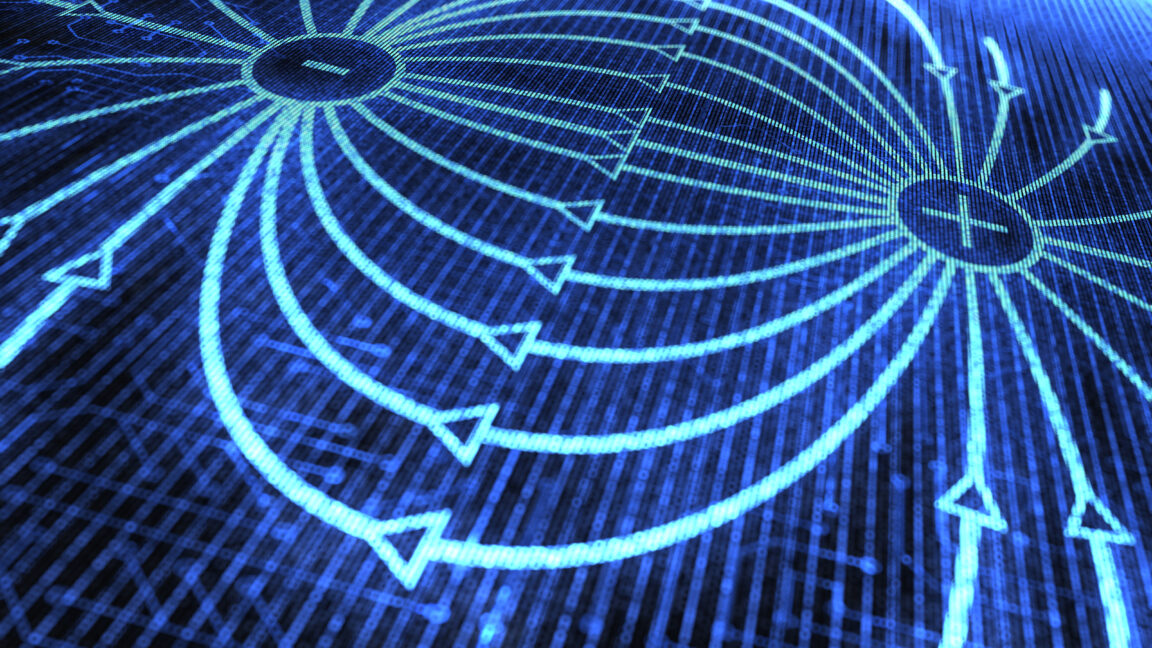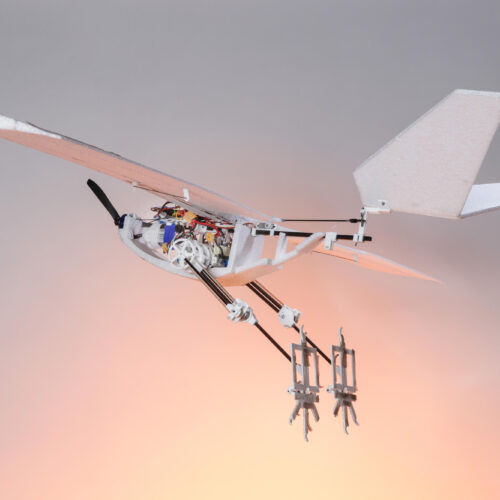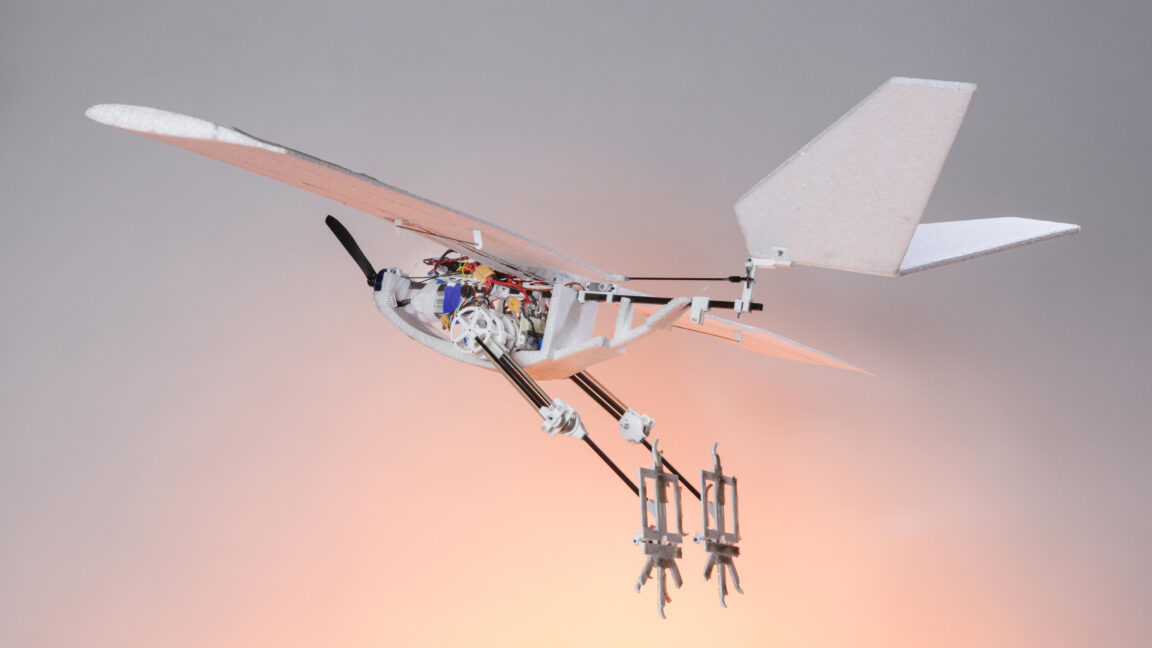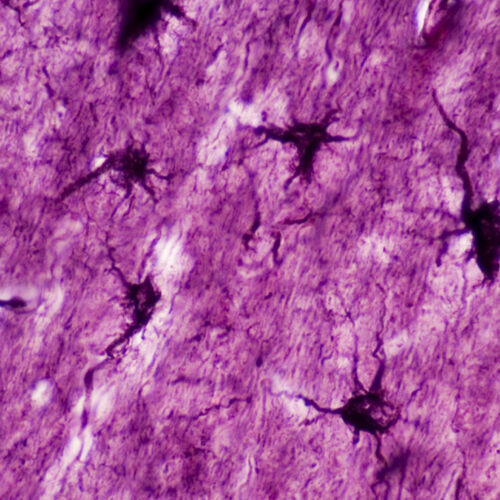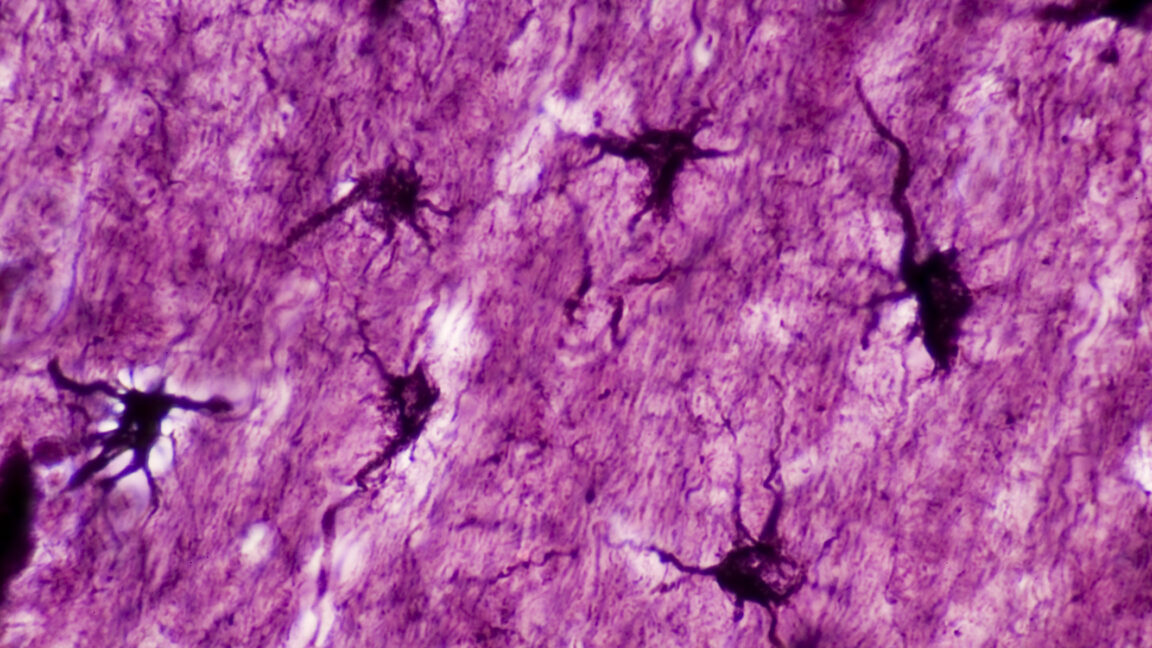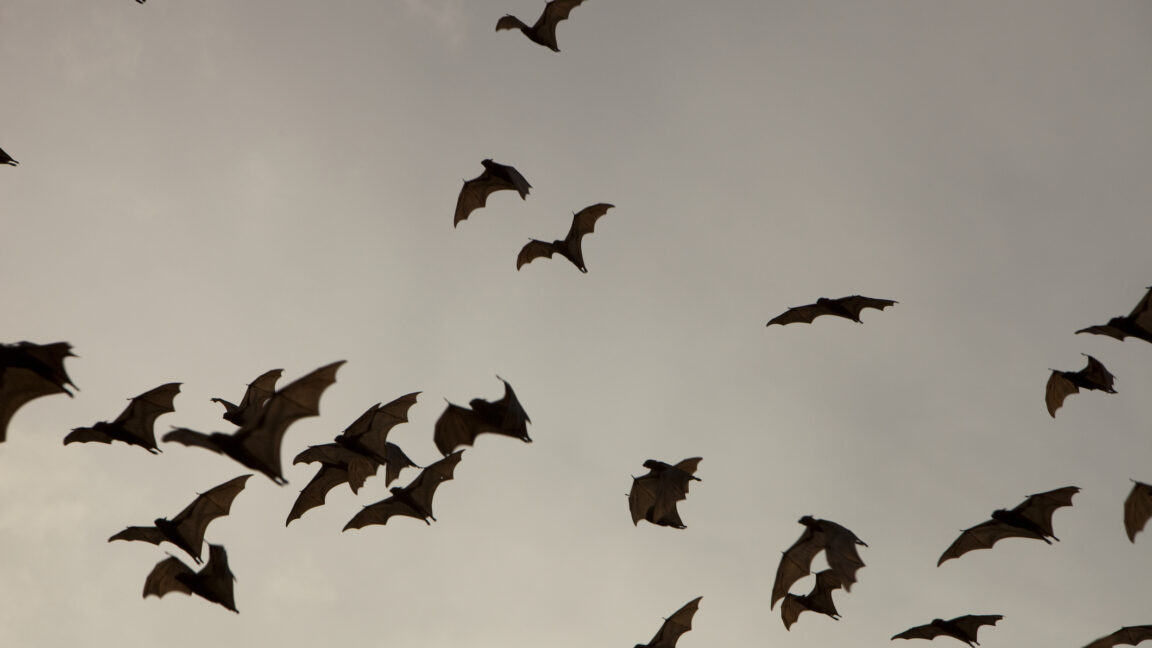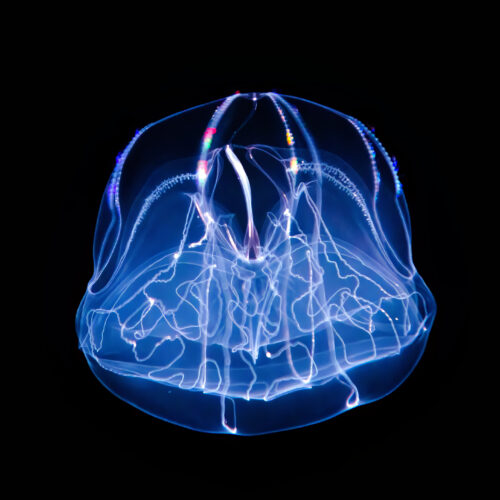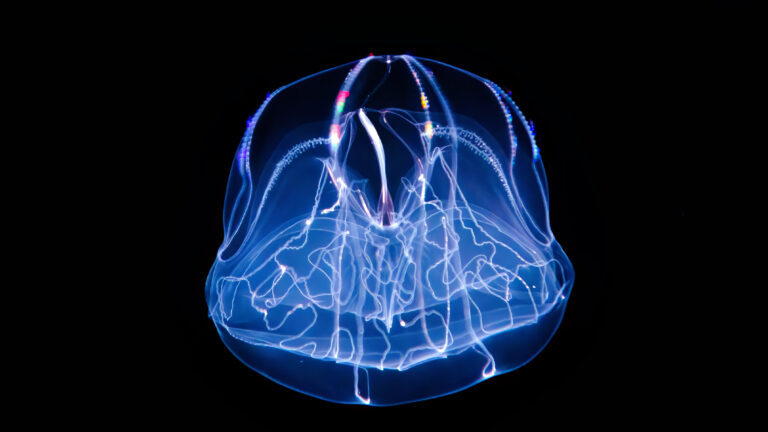Sleeping pills stop the brain’s system for cleaning out waste
Our bodies rely on their lymphatic system to drain excessive fluids and remove waste from tissues, feeding those back into the blood stream. It’s a complex yet efficient cleaning mechanism that works in every organ except the brain. “When cells are active, they produce waste metabolites, and this also happens in the brain. Since there are no lymphatic vessels in the brain, the question was what was it that cleaned the brain,” Natalie Hauglund, a neuroscientist at Oxford University who led a recent study on the brain-clearing mechanism, told Ars.
Earlier studies done mostly on mice discovered that the brain had a system that flushed its tissues with cerebrospinal fluid, which carried away waste products in a process called glymphatic clearance. “Scientists noticed that this only happened during sleep, but it was unknown what it was about sleep that initiated this cleaning process,” Hauglund explains.
Her study found the glymphatic clearance was mediated by a hormone called norepinephrine and happened almost exclusively during the NREM sleep phase. But it only worked when sleep was natural. Anesthesia and sleeping pills shut this process down nearly completely.


© https://www.gettyimages.com/detail/photo/sleeping-pills-in-bedroom-royalty-free-image/819748064?






